Memorable volcano eruptions from the past
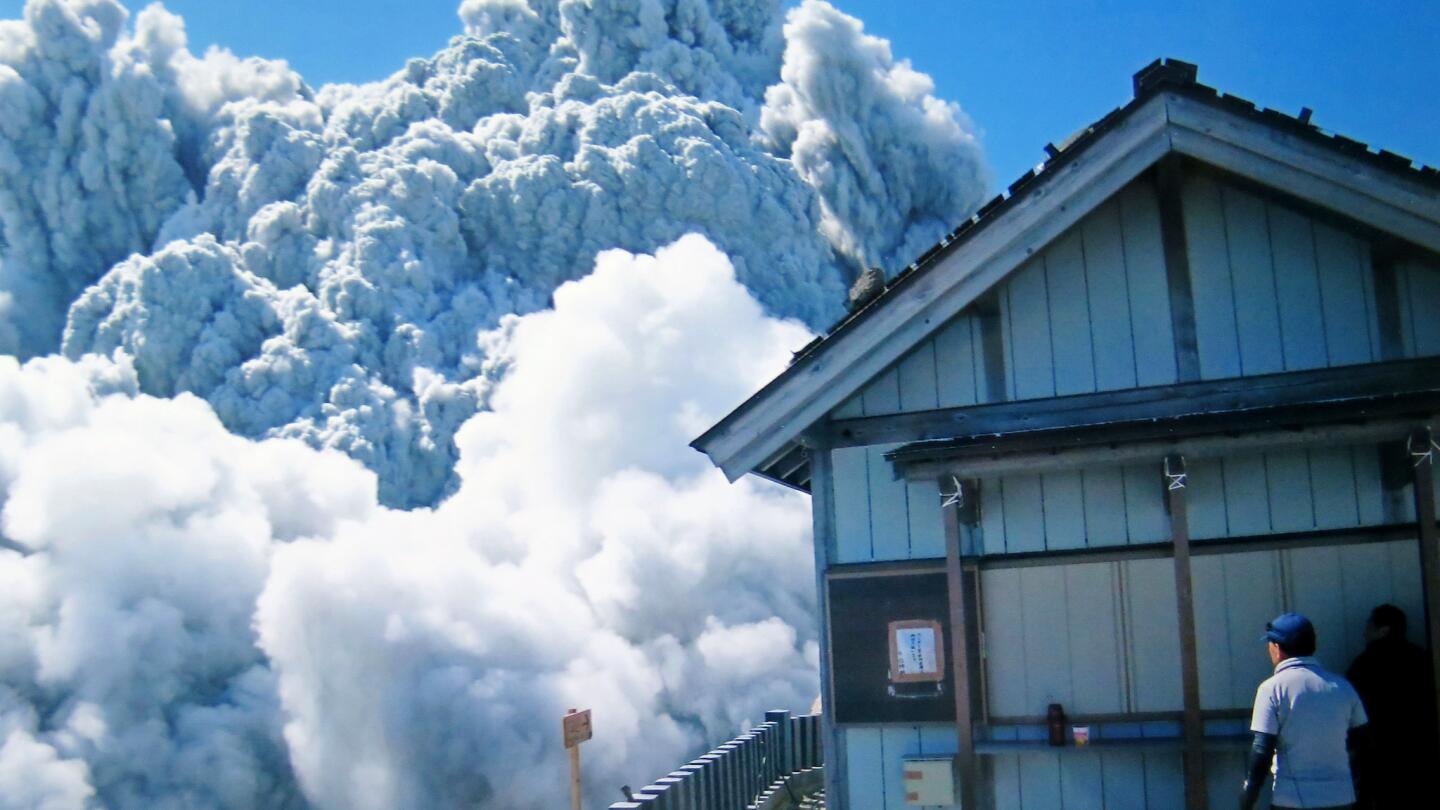
In this photo taken Sept. 27, 2014 by 59-year-old hiker Izumi Noguchi one of at least 47 who fell victim to the eruption of Mount Ontake, a hiker watches dense plumes of gases and ash gushing out from the summit crater as the volcanic mountain starts to erupt. (Izumi Noguchi / Associated Press)
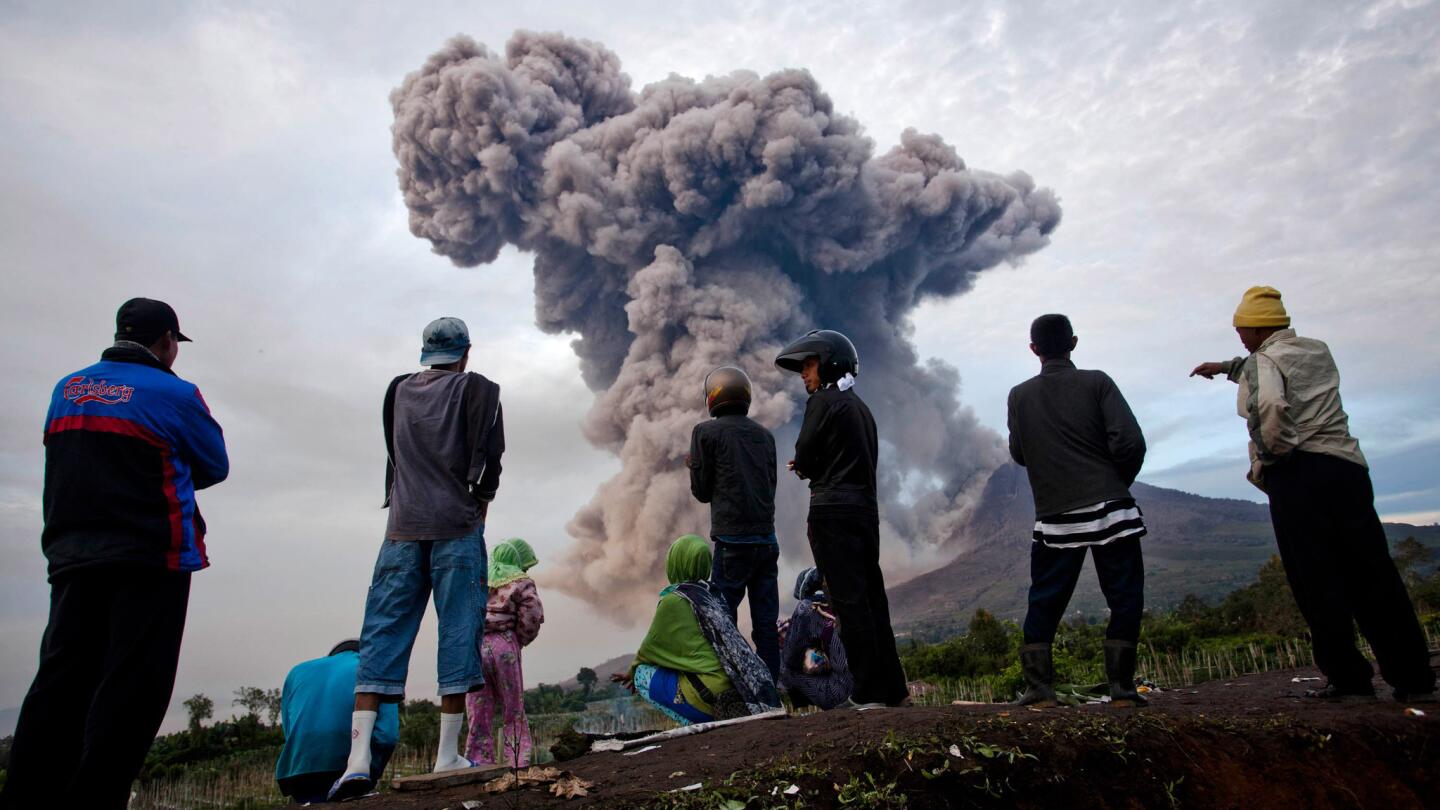
People Mount Sinabung erupt on January 8, 2014. The number of displaced people has increased to 22,000 in Western Indonesia as Mount Sinabung continues to spew ash and smoke after several eruptions since September 2013. (Ulet Ifansasti / Getty Images)
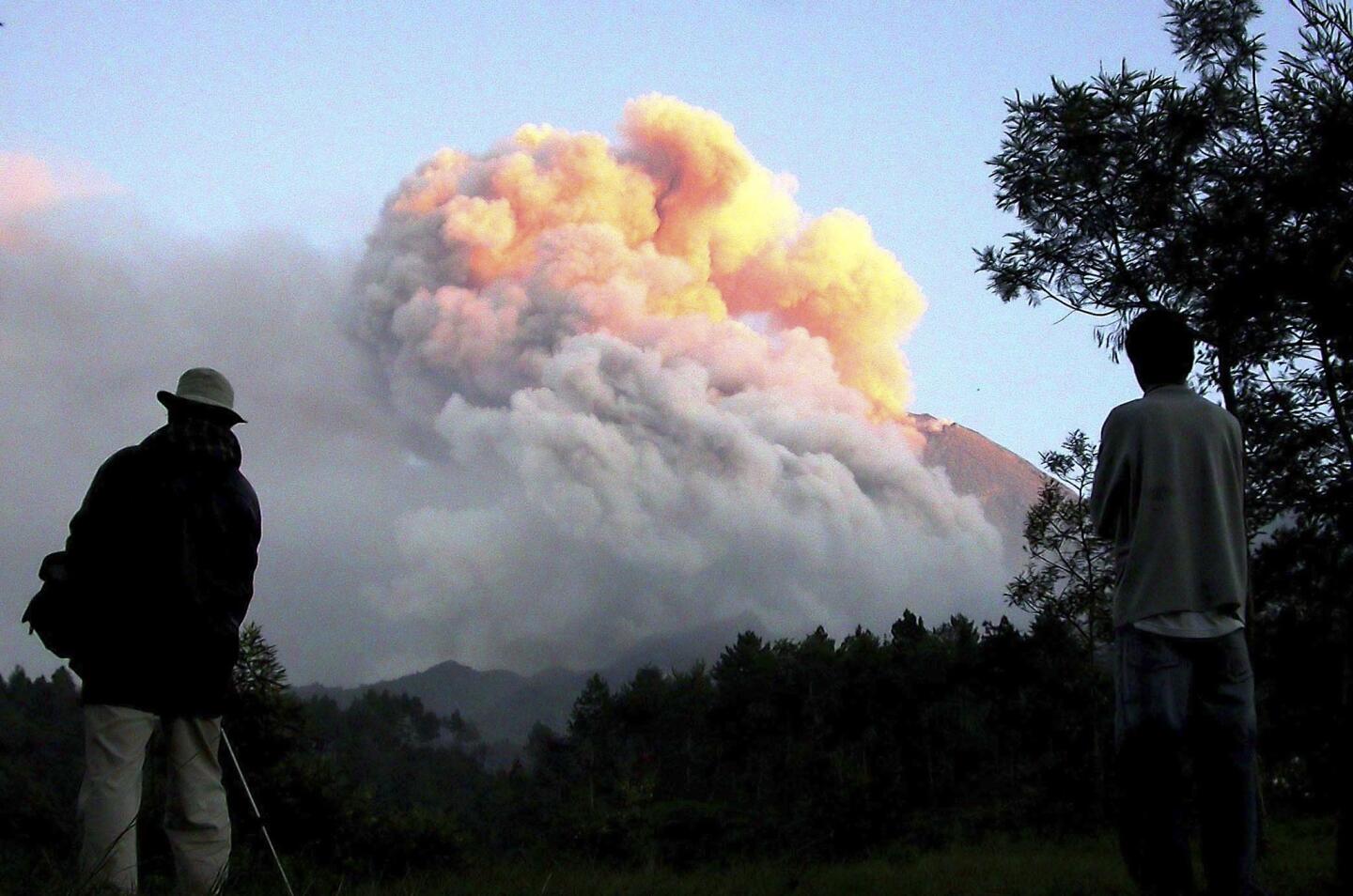
Indonesian men watch as the Mount Merapi volcano erupts with giant clouds of hot gas and ash Wednesday June 14, 2006 outside of Yogyakarta, Indonesia. A large eruption of searing hot gas and debris sent more than 1,000 villagers fleeing from the slopes of Mount Merapi on Wednesday, a day after government scientists lowered the alert level at the notoriously unpredictable volcano. (SUSETYO NUGROHO / AP)
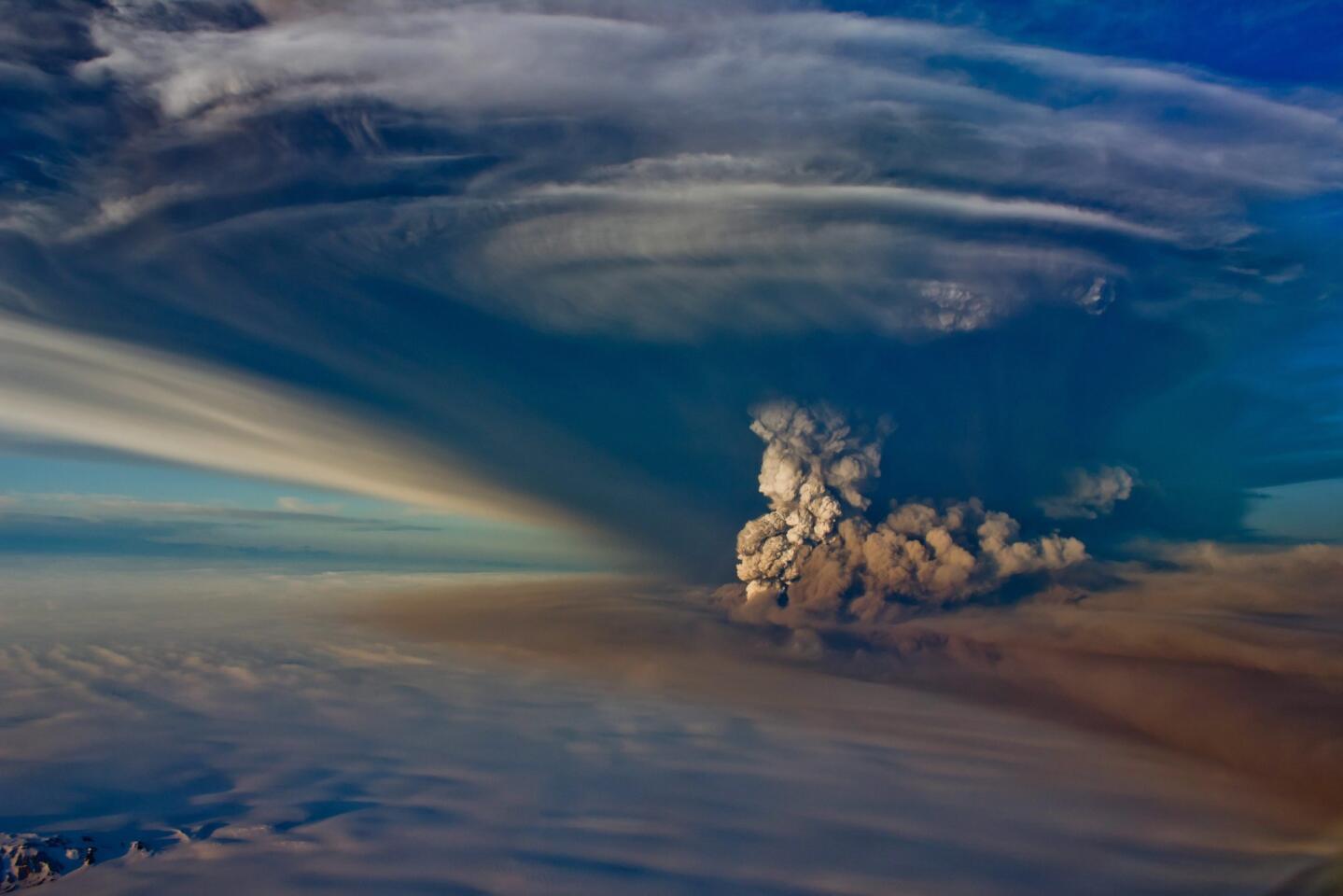
A file picture dated 21 May 2011 shows the eruption of the Grimsvotn volcano in the south-east of Iceland. According to the Icelandic Meteorological Office, Iceland found itself on high alert over its Bardarbunga volcano. (EGILL ADALSTEINSSON / EPA)
Advertisement
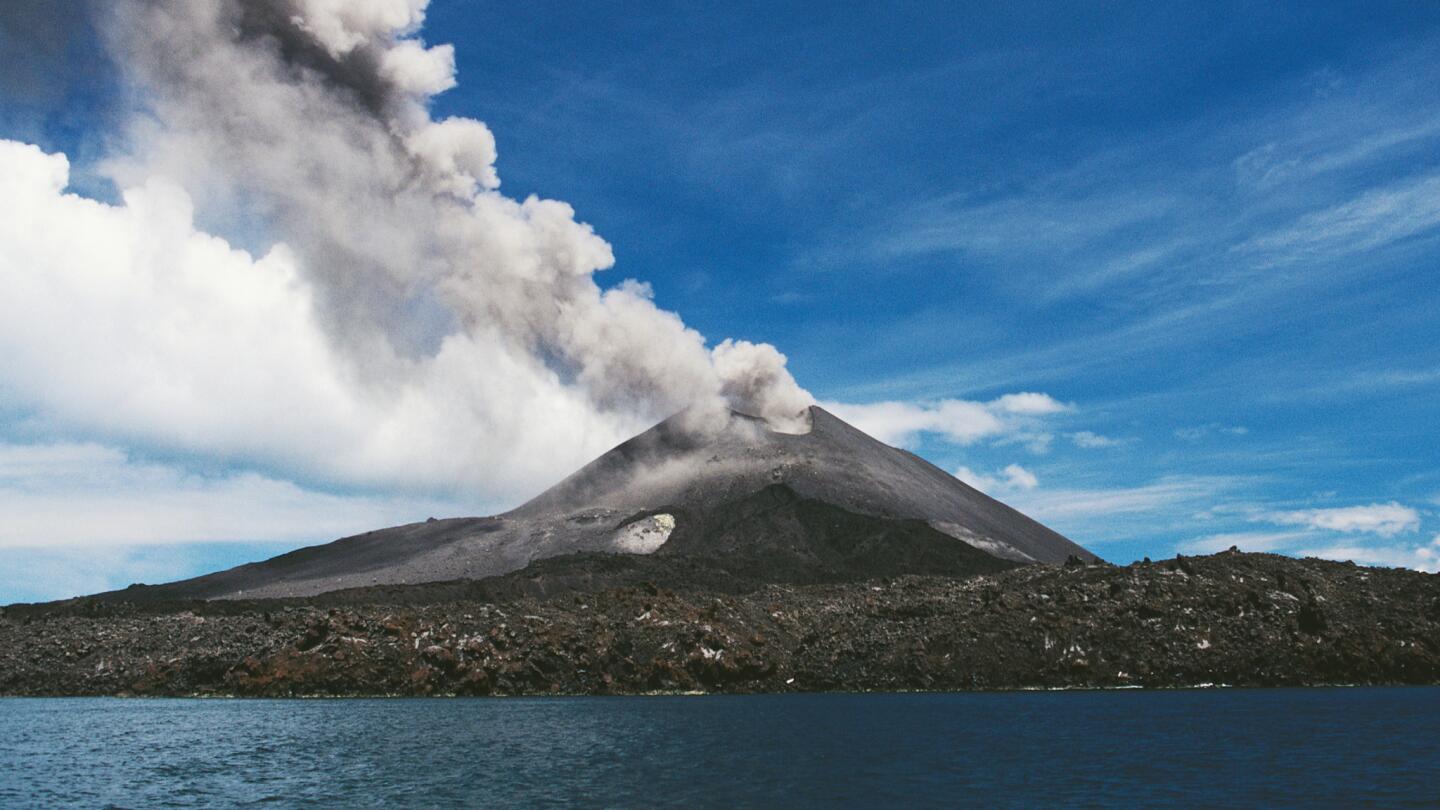
Mount Krakatoa volcano (Krakatau) erupting in 2003. An eruption in 1883 killed an estimated 38,000 people. (De Agostini/Getty Images)
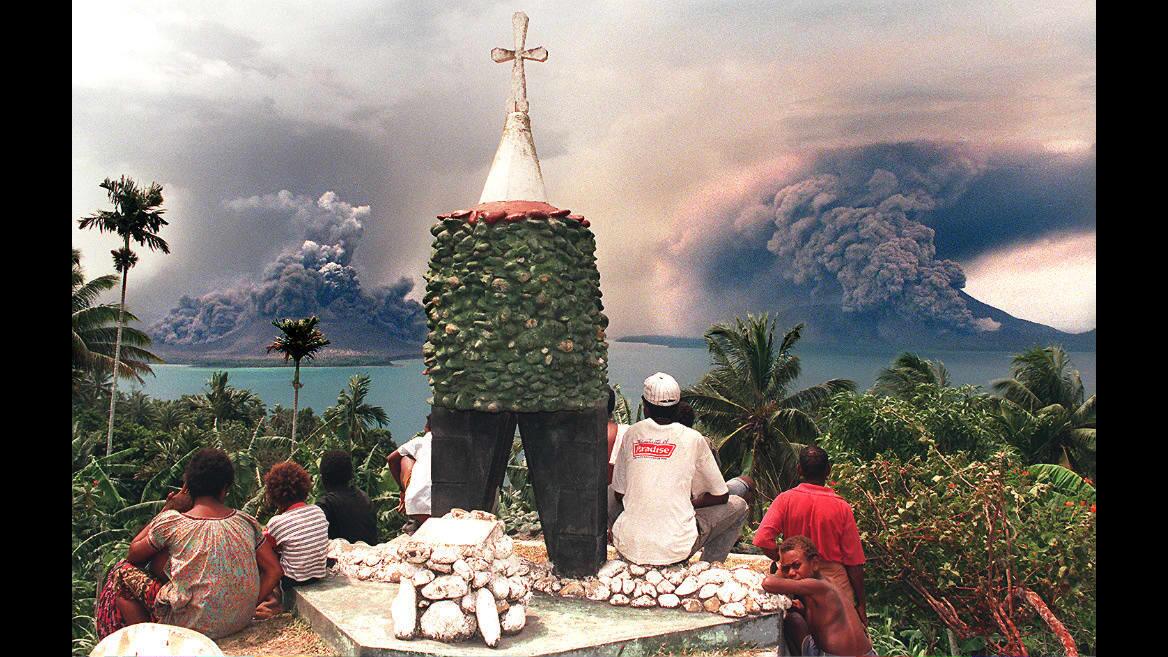
A photo taken on Sept. 22, 1994 shows Rabaul residents watching the volcanic eruptions of Mt. Tavurvur and Mt. Vulcan that killed 5 people. In 1937, an eruption from Mount Tavurvur killed 500 people and destroyed most of the town. (Torsten Blackwood / AFP / Getty Images)
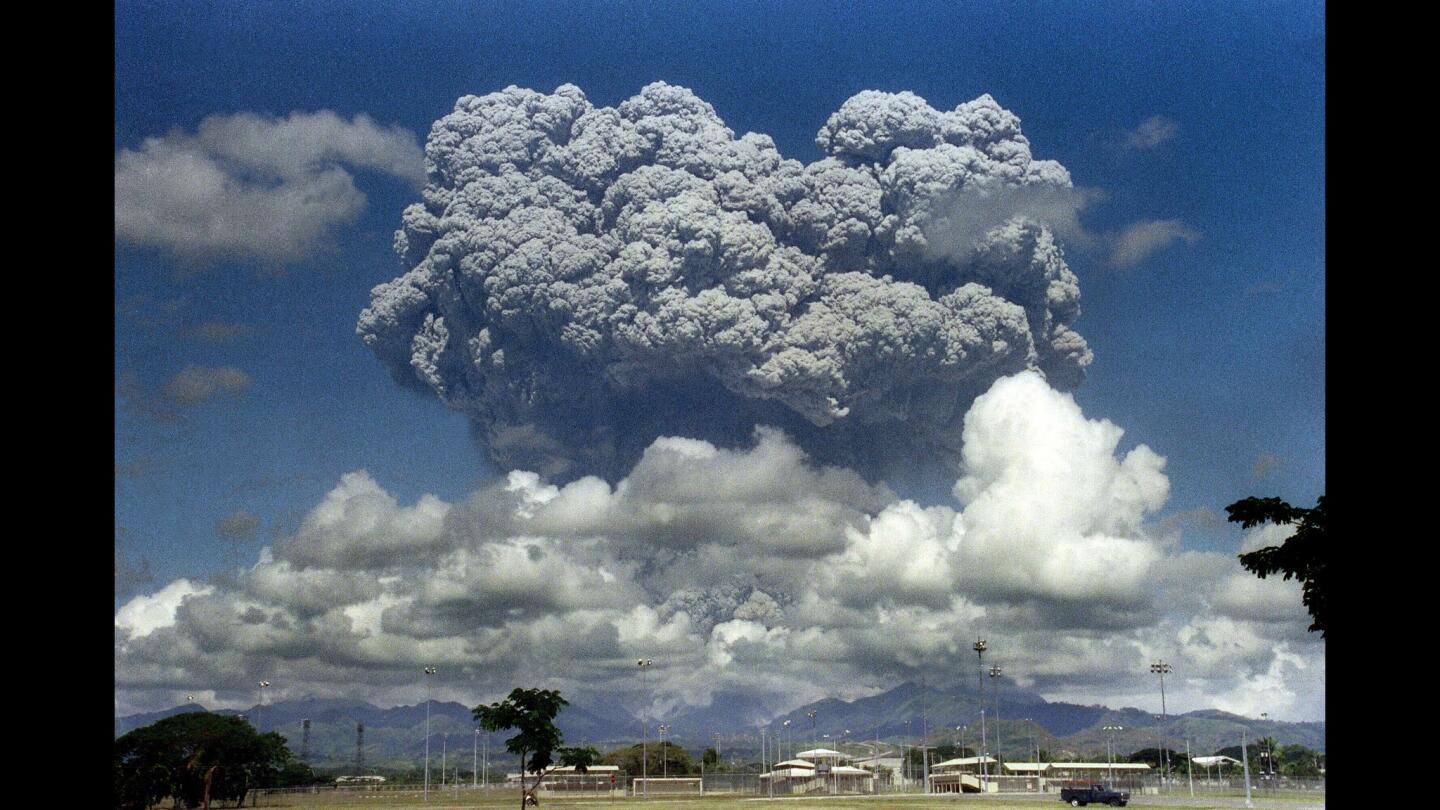
The June 12, 1991, eruption of Mt. Pinatubo was rated a VEI 6--10 times larger than the Mt. St. Helens eruption in 1980--and sent a giant ash cloud more than 100,000 feet in the air. Typhoon Yunya also struck the country the same day, and the mix of rain and ash caused major avalanches of mud, rock and water--and roof collapses that led to more than 300 deaths. Pinatubo is on the island of Luzon. (Arlan Naeg / AFP/Getty Images)
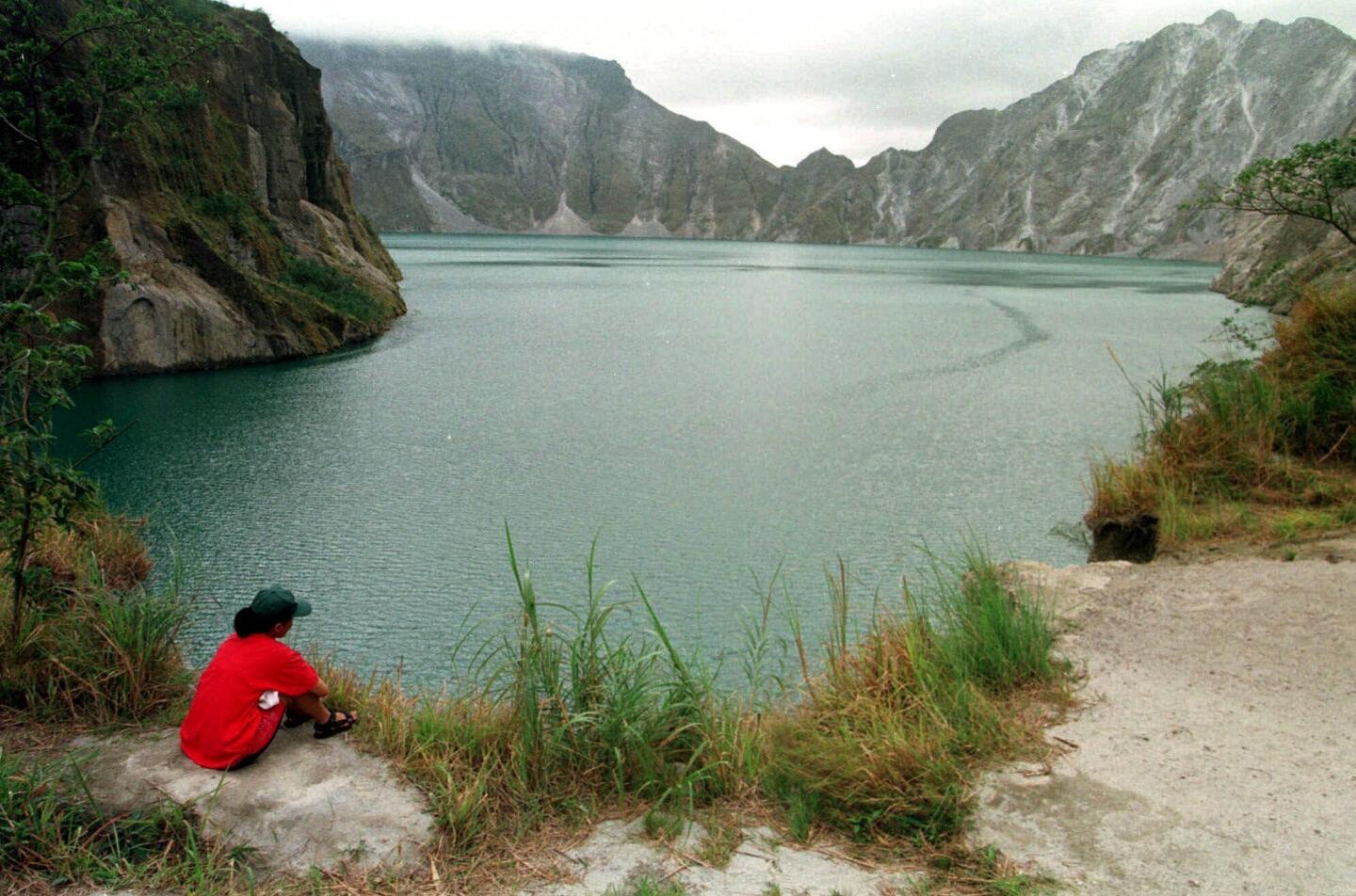
Despite the devastating damages and loss of life of the 1991 eruption, the volcanic event marked one of the most successful cases of eruption prediction. Philippine authorities and the U.S. military were able to evacuate thousands in the days leading up to the eruption. (AARON FAVILA / AP)
Advertisement
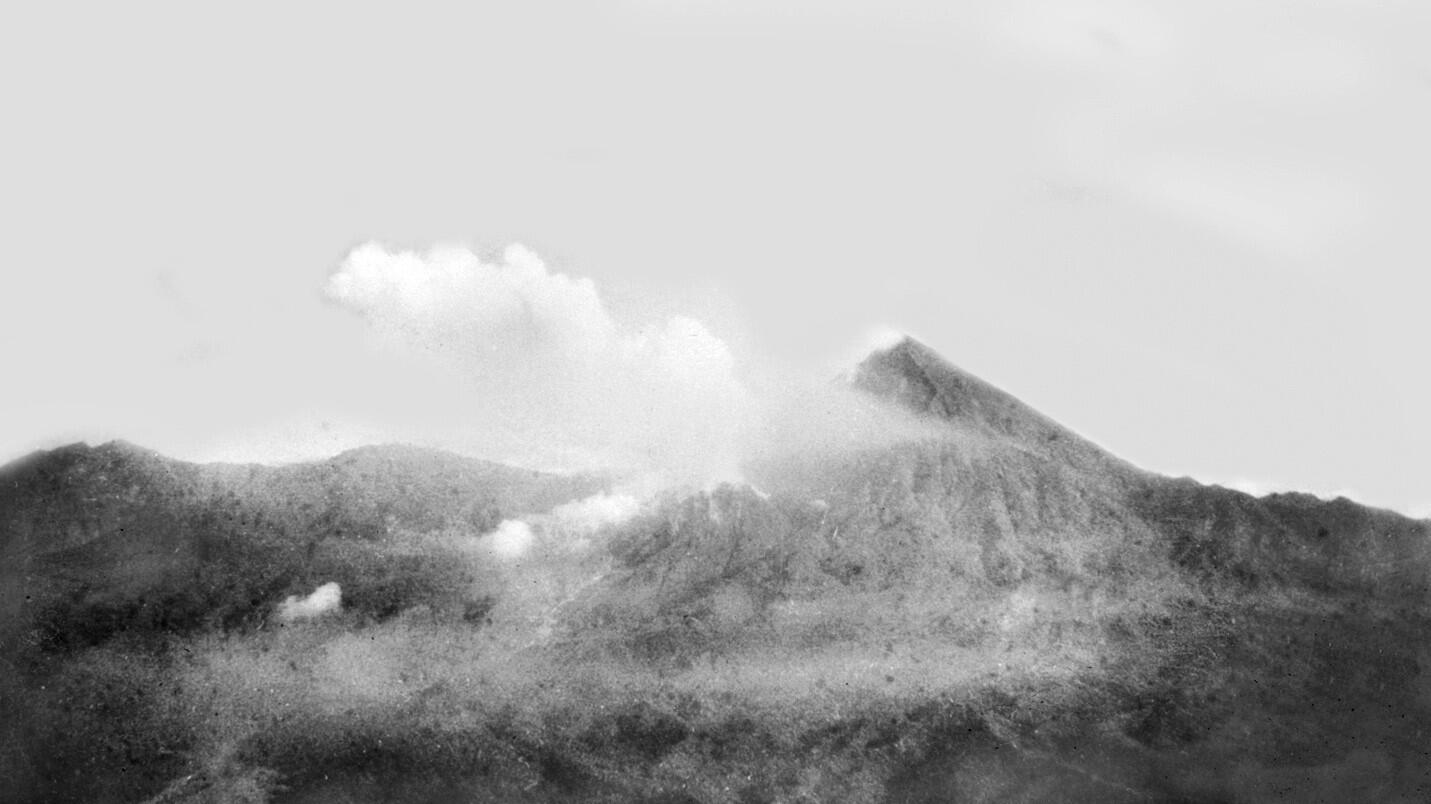
The first eruption of Santa María in the recorded history occurred in October 1902. The eruption had a VEI of 6, and killed at least 5,000 people died as a result of the eruption itself, and a subsequent outbreak of malaria killed many more. (Planet News Archive / via Getty Images)
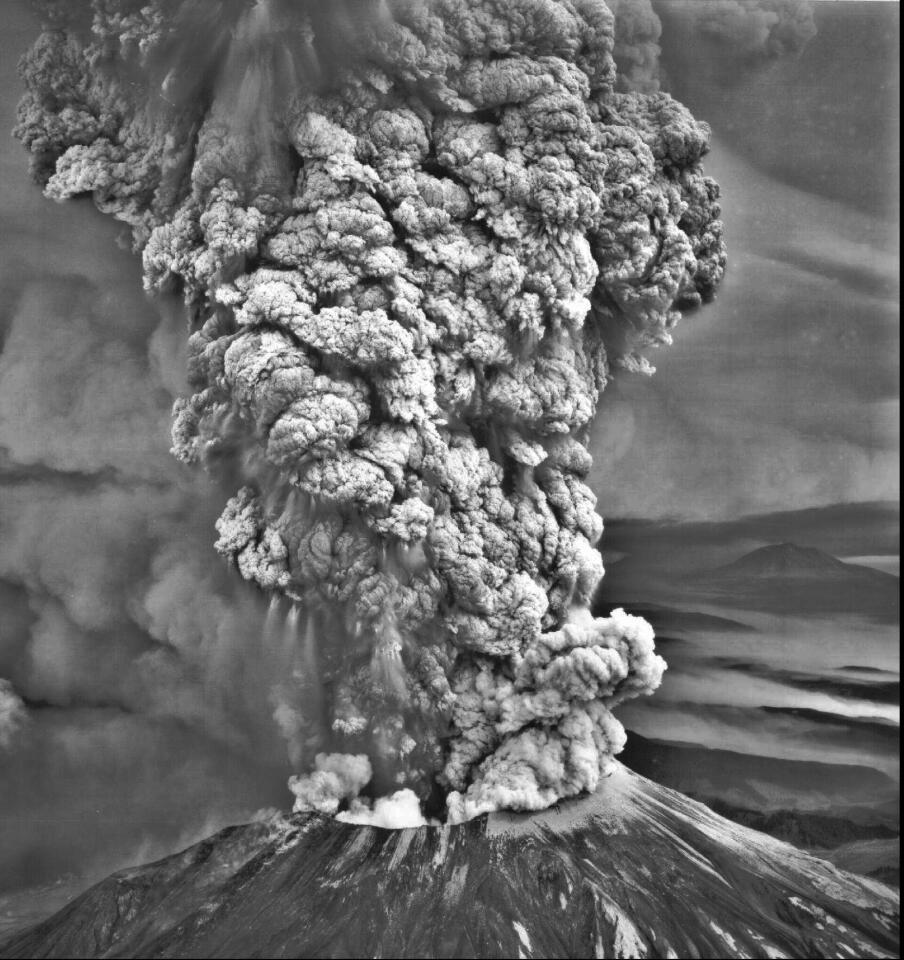
Mt. St. Helens erupted May 18, 1980, sending a column of ash 15 miles high in less than 15 minutes, causing complete darkness in Spokane, 250 miles east. (Associated Press)
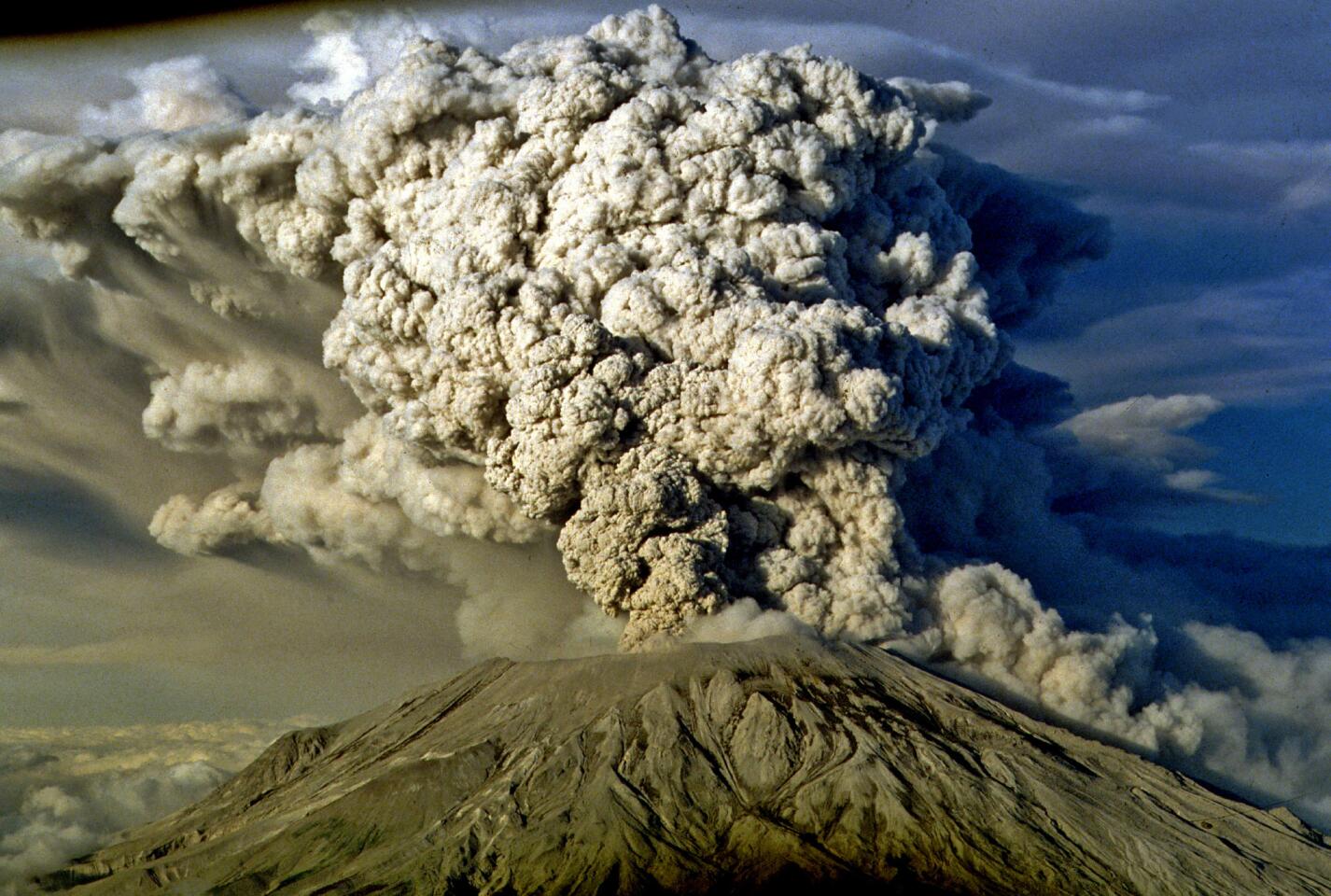
Pictured: Mt. St. Helens in July 1980, a few weeks after the explosion that killed 57 people (JACK SMITH / AP)
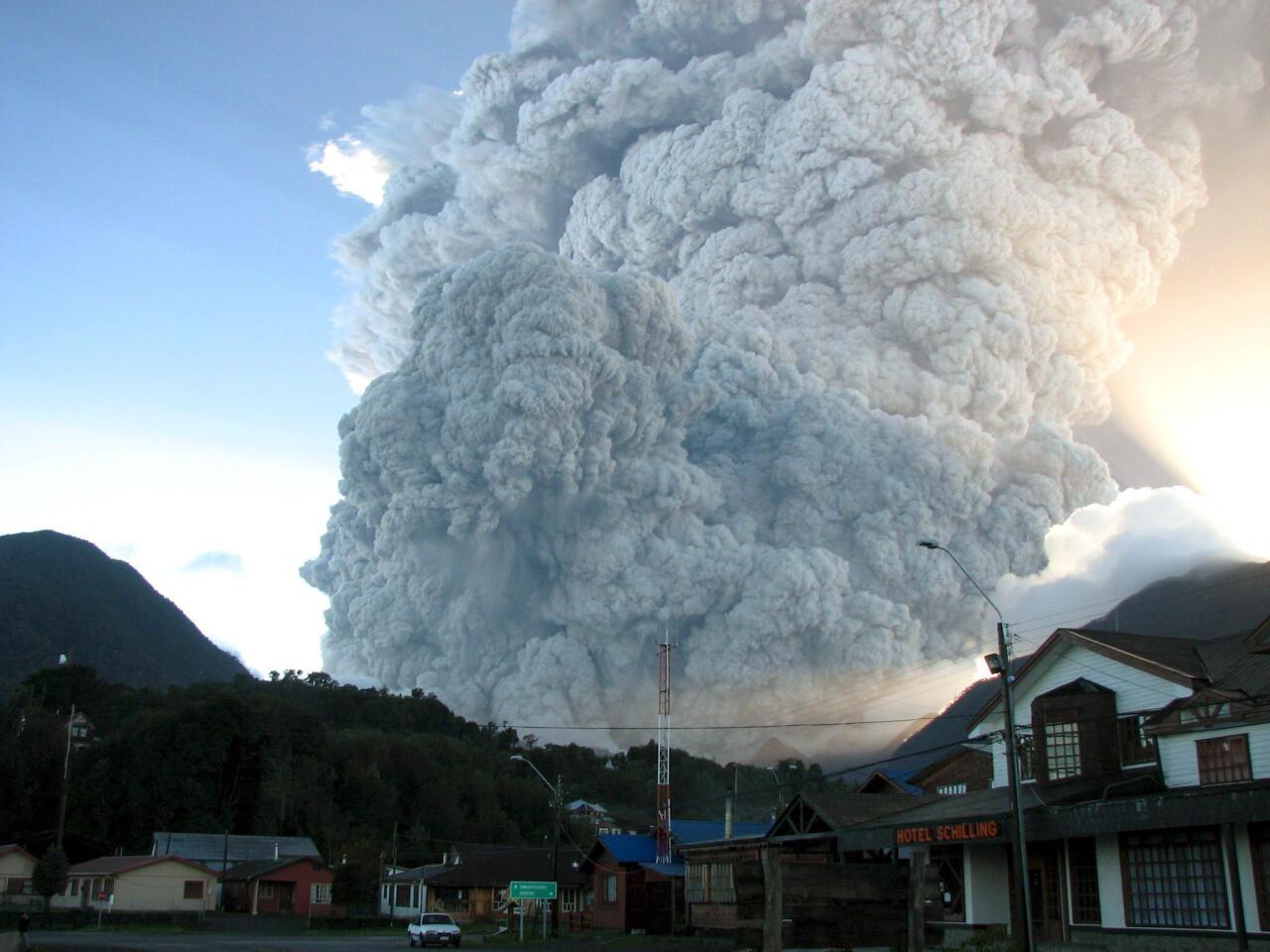
The Chaiten volcano in Chile had been dormant for thousands of years. It shot hot ash into the stratosphere in May 2008, forcing the evacuation of a remote stretch of Chilean Patagonia. (DANIEL BASUALTO / EPA)
Advertisement
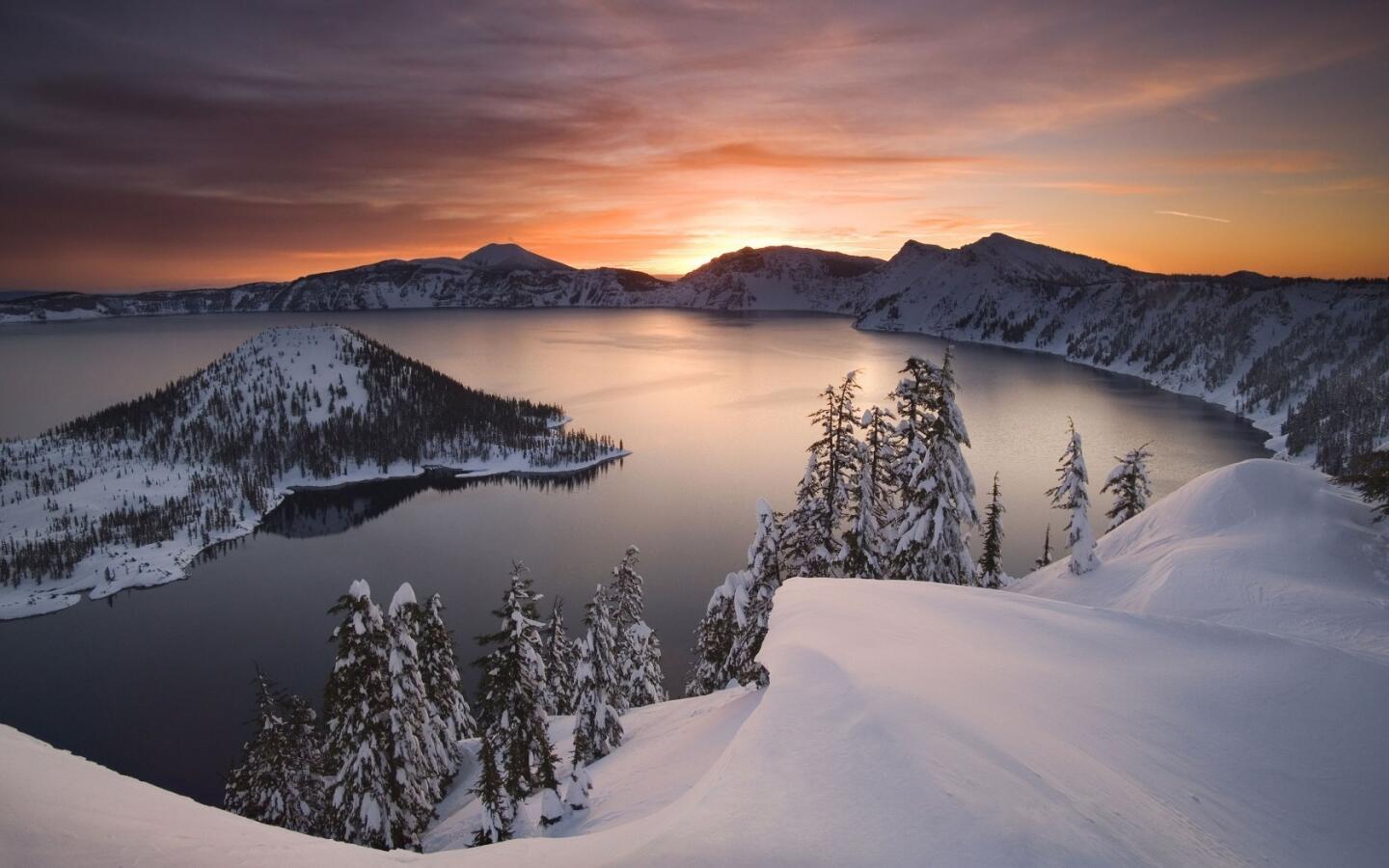
Around 4,600 BC, catastrophic explosions of lava and ash from Mt. Mazama caused its summit, about 10,800 to 12,000 feet before the eruption, to collapse. The eruption formed Wizard Island and two other submerged cones, as well as a huge crater -- now the deepest lake (1,932 feet) in North America, Crater Lake.
Pictured: Present-day Crater Lake, in January 2006.
More info:
U.S. Geological Survey: Crater Lake, Oregon (Marc Adamus / Associated Press)
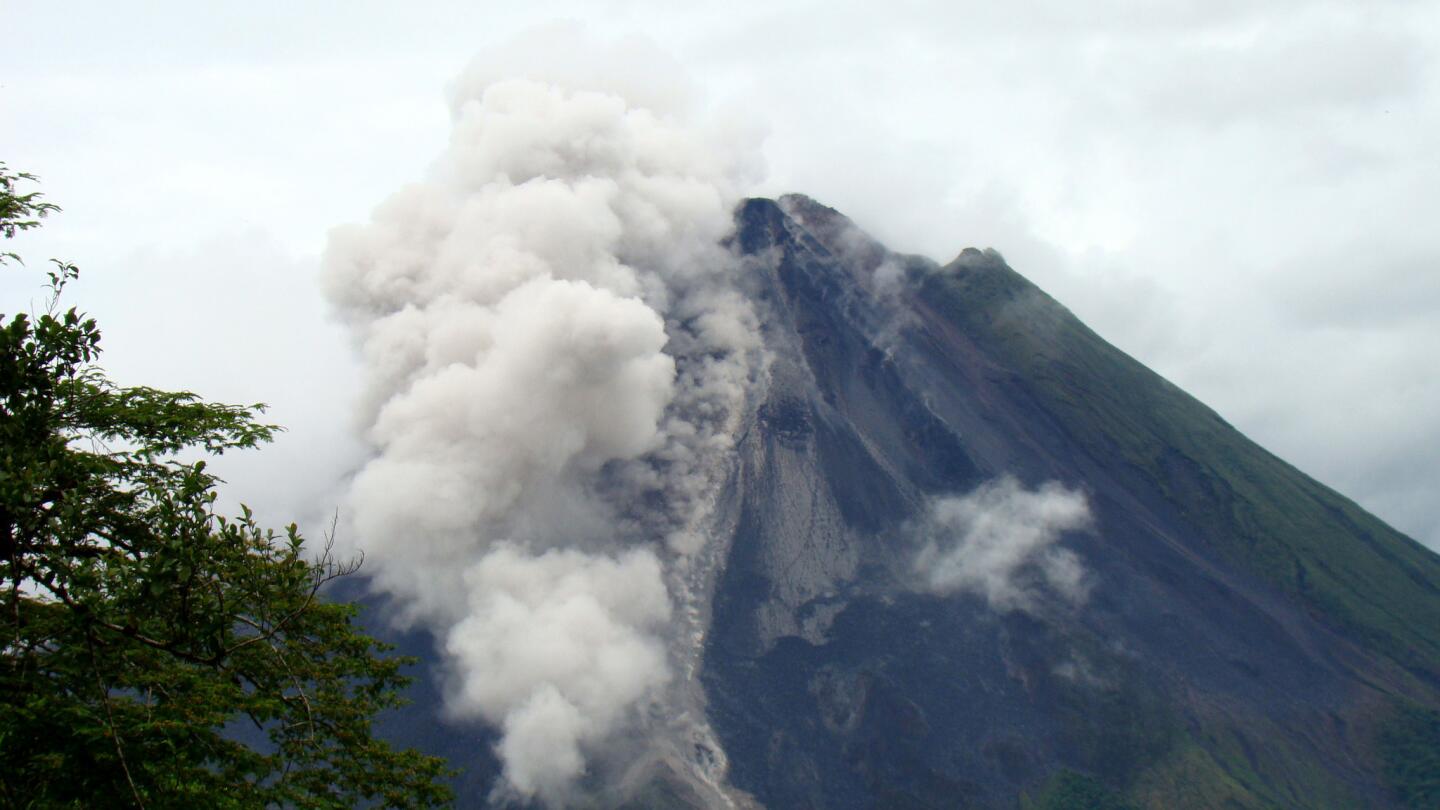
Costa Rica’s Arenal volcano spews geysers of lava, ash and toxic gases on May 24, 2010 in Arenal National Park, northeast of San Jose. In 1968 an eruption buried three small villages and left 87 people dead. (Ana Fernandez / AFP/Getty Images)
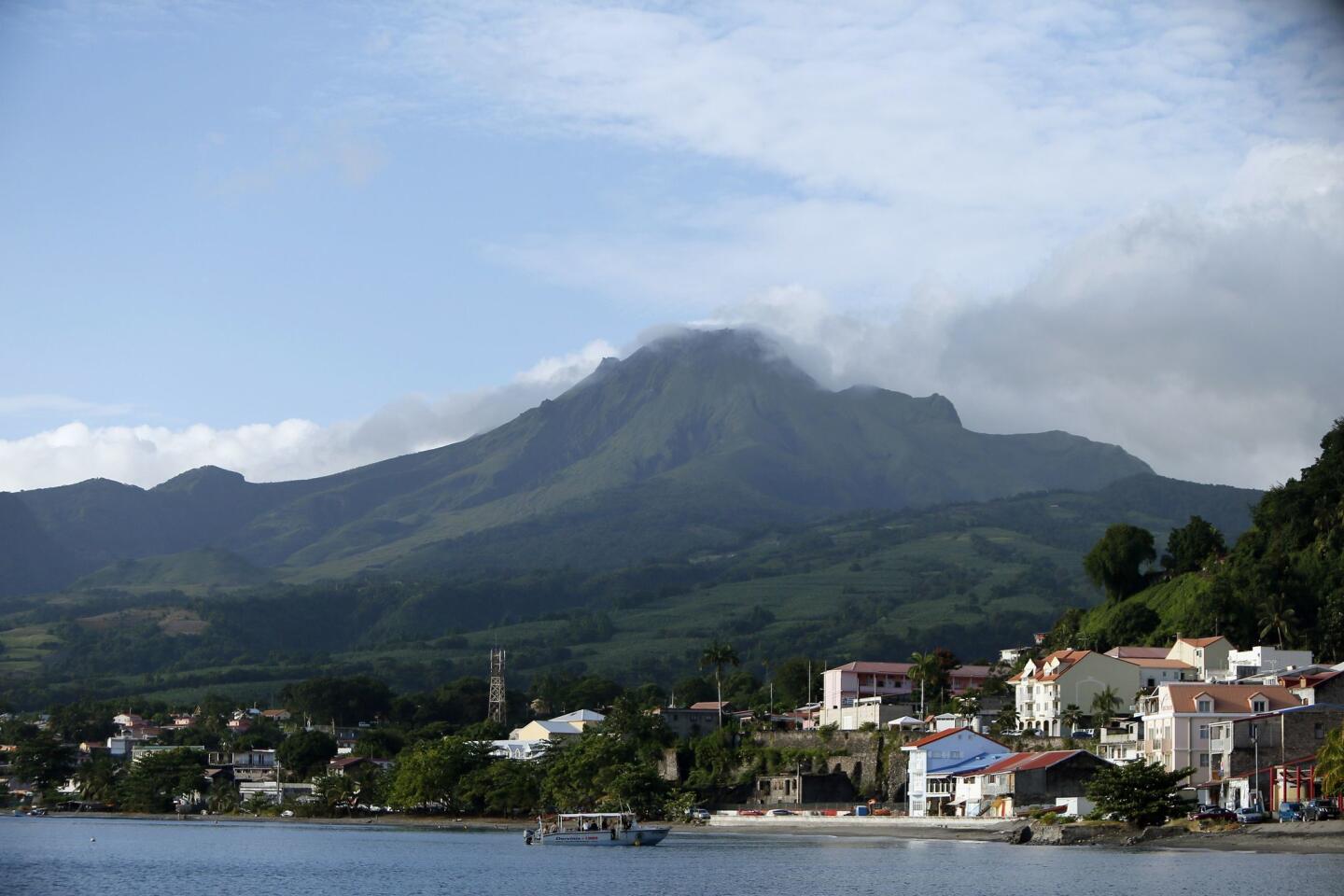
The pyroclastic flow -- high-speed avalanches of hot ash, rock fragments and gas that can reach 1,500 degrees and move at 100 to 150 mph -- during the eruption of Mt. Pelée on May 8, 1902, (at a VEI 4) demolished the coastal town of St. Pierre. (Kenzo Tribouillard / AFP / Getty Images)



